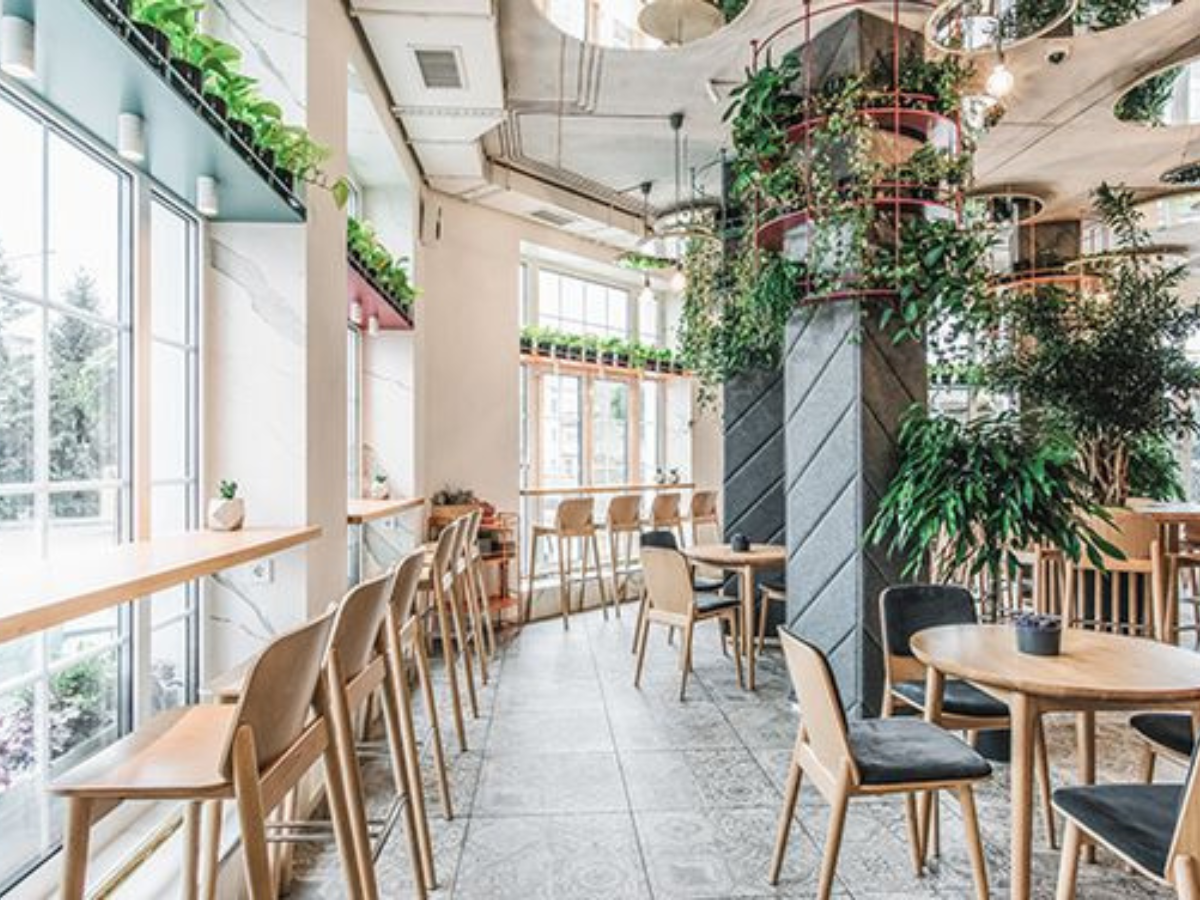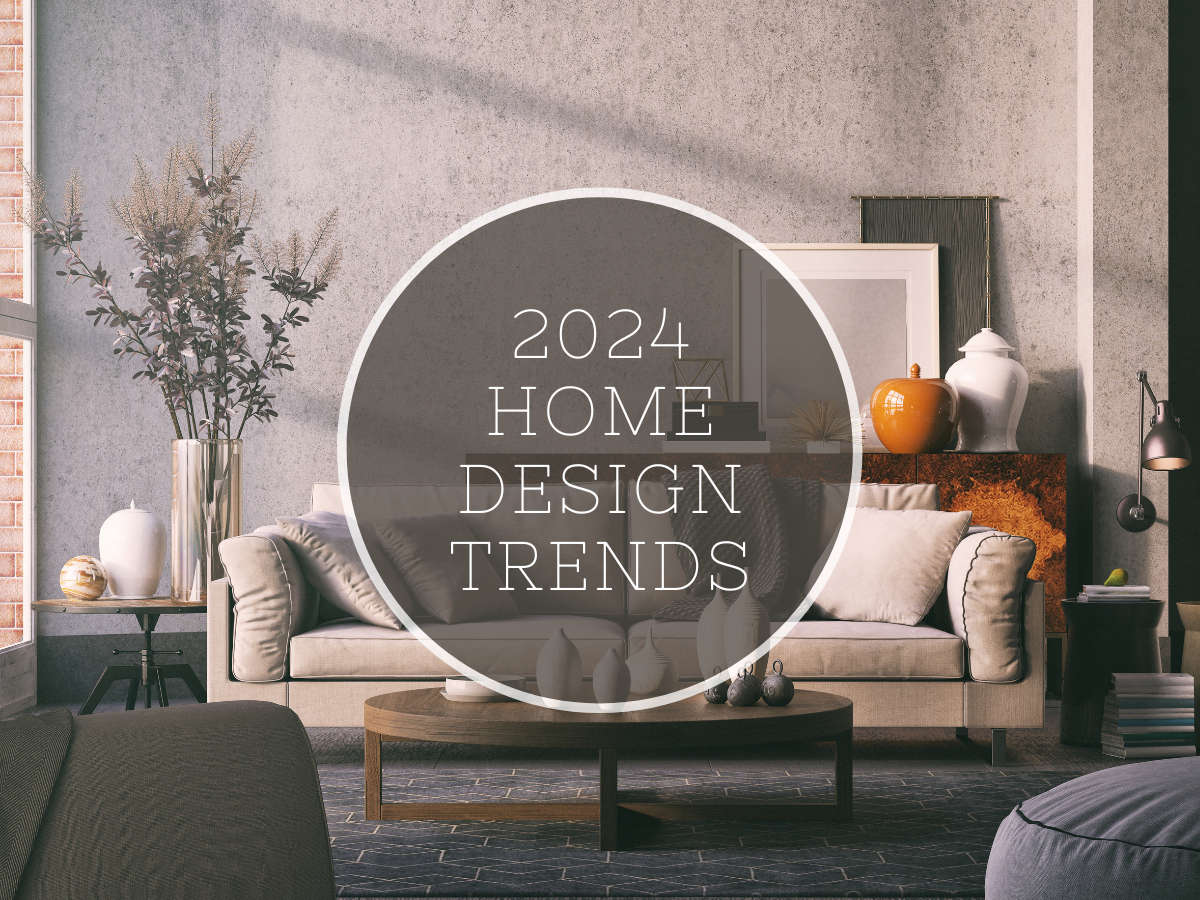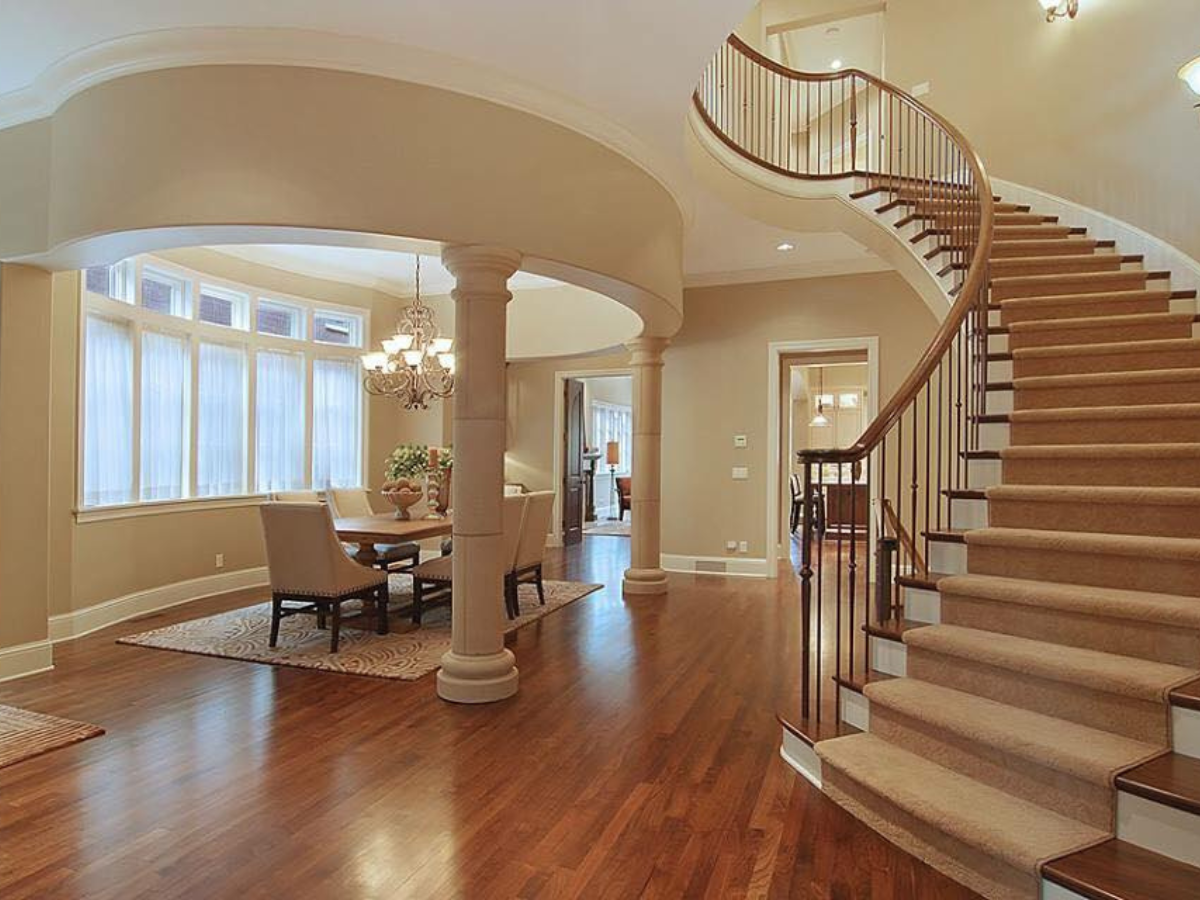
Interior design planning for a cafe
Setting up a café is all about creating the perfect identity and ambiance. It is what makes a customer want to step inside the cafe repeatedly. Edgy or classy, the café interior design concept contributes largely to delivering a successful cafe business. Thus, it is necessary to understand what goes into the interior design planning for a café.
What to consider when planning a modern café interior design
There are ever-evolving café interior design concepts but to get the vibe right, follow these 15 basic coffee shop design standards to create a unique space through space planning, design, and build –
- Theme
The theme selection depends on the kind of customers the café wants to attract. For instance, if the café is in a downtown business district, a contemporary theme with a grab-and-go feel will be more suitable. - Branding
Interior design can create a brand identity, giving the space a competitive advantage. It also provides customers ease of familiarity and comfort. Logo and taglines to brand culture, from the word go, the design must reflect the brand attribute. - Colour
Drab to fab, the colour scheme often sets the tone for the café interiors. Food design experts also believe colours like red, orange, gold and yellow help stimulate appetite. So, choose a colour scheme that blends well with everything. - Customer flow lines
The flow lines determine how the customer approaches a counter/table and how the staff can efficiently serve the customer from the kitchen to the counter/table. It includes – equipment placement, planning for rush hour queues and food manoeuvrability to decrease wait times. From the counter to the entry/exit, flow lines ensure smooth functioning of the coffee shop. - Table Size and Placement
The most suitable table sizes in a café range from 24 to 30 inches in diameter. Round or square, they comfortably seat 2-4 persons. Also, maintain a distance of 18 inches from the edge of the table to the back of the chair. You can even add a long counter against a wall on one side for those who like to open their laptops while enjoying a hot coffee. - Placement of work counters
A profitable coffee shop design must include spaces for work counters to expedite overall service. Incorporating workstations in the layout requires a good working knowledge of the coffee shop, as too many can reduce profitability, and too few can hamper swift service. - Multi-purpose space
Today, a cafe can be a quick takeaway stop, a quiet work area, a space for friends to gather or the stage for a stand-up comedian. Thus, while discussing café interior design ideas with your interior designer, consider future-proofing the cafe design to serve different purposes. - Layout and Accessibility
The layout is the core of a cafe’s interior design. It has to embrace aesthetics with functionality. While it includes the main seating areas, it must also consider other aspects like storage or service counters, aisle space, washroom area, etc. - Storage areas
Often overlooked at the time of space planning is designing adequate storage. The back areas in a café need space to accommodate refrigerators, freezers, dry goods cupboards, dishwashers, glassware, cutlery, cleaning supplies, etc. The seating areas require storage space to hold flatware and paper mats, sun umbrellas for outdoor tables, or even items like baby hook-on high chairs when not in use. Storage areas are needed to keep the extra supplies and inventory safe. - Flooring material
Café flooring can be tiles, concrete, sheet vinyl, linoleum, rubber, stone and hardwood. Since cafes are considered high-traffic areas, it is good to opt for long-lasting flooring. Also, with the risk of spillages, one has to ensure the flooring is easy to clean and maintain stain-free in the long run. - Lighting
Natural lighting and artificial lighting play a crucial role in café design. Lighting can create a positive atmosphere and even amplify customers’ appetites. So, work around maximizing natural lighting and choosing accent, ambient, and decorative lights depending on the type of space. - Sound and Scents
The café interior design concept has another element to pay attention to – sound. If the area is large with more footfall expected, then the design must use sound-absorbing or soundproofing materials to decrease the decibels. When talking about sound, consider background music – it should neither echo nor be too soft. Similarly, even the way your café smells will trigger different moods. The fragrance of coffee can trigger hunger, while the scent of vanilla can make customers linger longer. - Materials and mix of textures
When designing café interiors to attract more customers, the design must have a mix of materials and textures. Finishes selected, their materials and textures will largely depend on the café design ideas. They must be coherent, promote the brand image, enhance the aesthetic, and be long-lasting. - Maintenance
Avoiding long wait times or disruption in operations means being able to anticipate after-care. Pay attention to details like – quick access for equipment or air conditioning servicing, selecting washable paint for the walls, etc. - Location
Another factor that will influence the design of the café is the location. When designing a café, it is necessary to understand the location – whether in a business park or a residential zone, stand-alone or inside a mall? Right from the exterior signage to the interior layout, the café location will influence the café design ideas.
While these will get you started, it is all in the details. So, get a pro to personalize your café design. Today, top interior designers in Mumbai are regularly creating new looks for cafes!!





